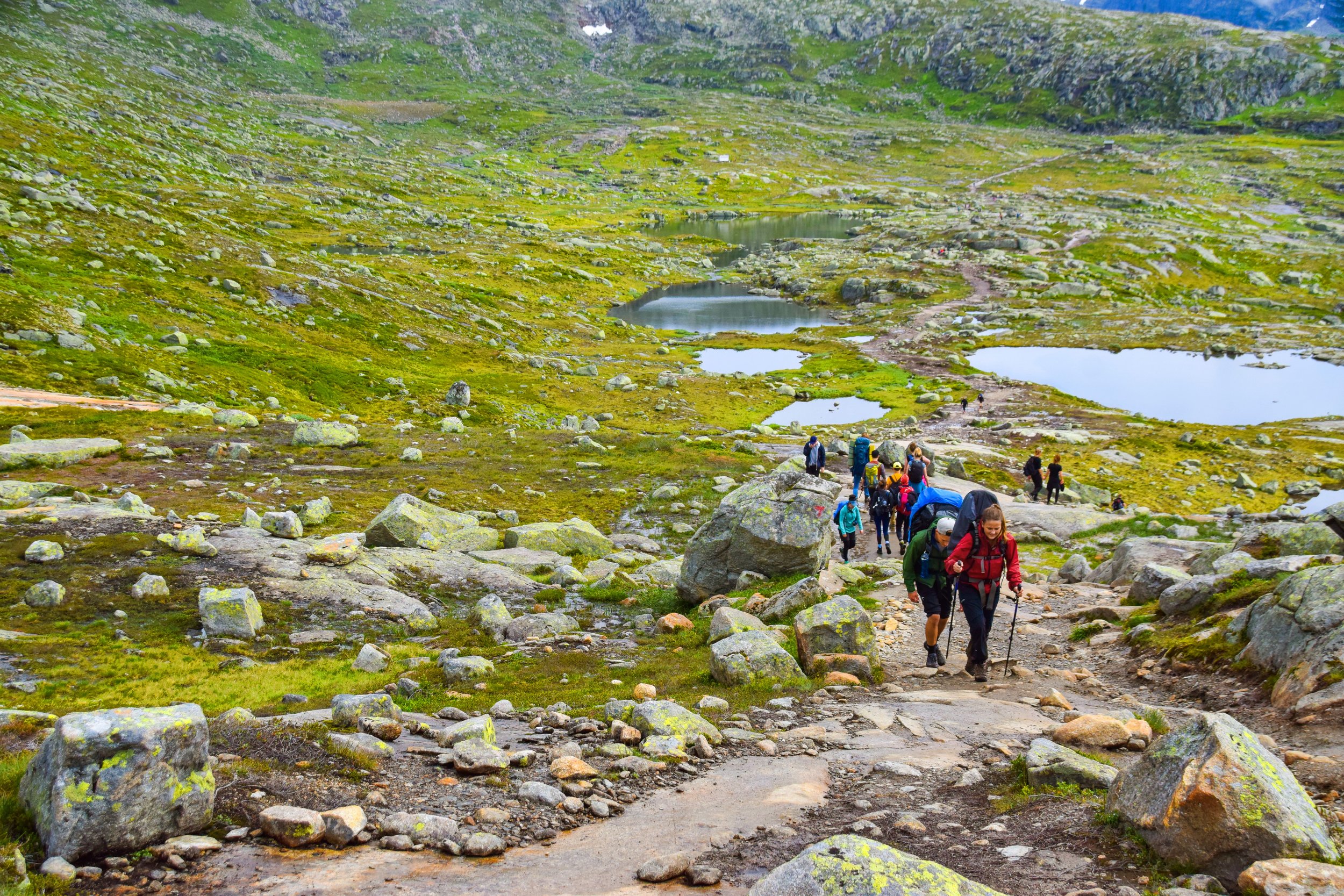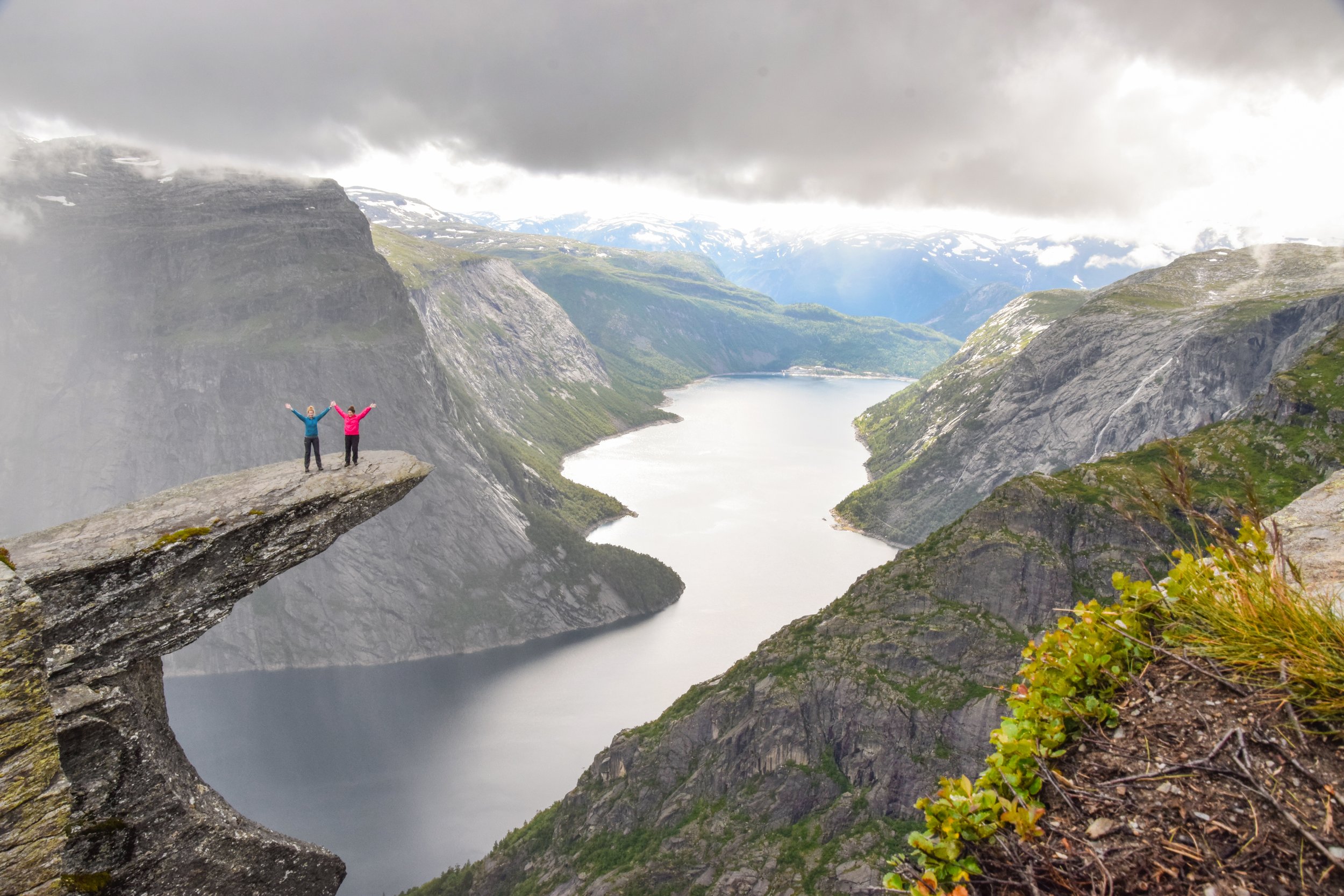Sustainable Hiking in Norway: Tips and Guidelines
Norway is a beautiful country with some of the most breathtaking landscapes in the world. Hiking in Norway is a popular activity for both locals and tourists, but it is important to practice sustainable hiking to ensure that these natural wonders are preserved for generations to come. Sustainable hiking means minimizing the impact on the environment, wildlife, and local communities. In this blog post, we will share some tips and guidelines for sustainable hiking in Norway.
Stay on the marked trails
When hiking in Norway, it is important to stay on the marked trails. Straying off the trail can damage fragile ecosystems and cause erosion. It can also be dangerous, especially in areas with steep cliffs or loose rocks. Stick to the designated paths and avoid cutting corners or taking shortcuts.
Leave no trace
The principle of "leave no trace" means that hikers should leave the environment as they found it. This includes packing out all trash and waste, including toilet paper. There are no garbage cans along the trails in Norway, so hikers must bring their own trash bags and pack out everything they bring in. It is also important to avoid disturbing plants and wildlife.
Respect wildlife
Norway has a diverse array of wildlife, including reindeer, lynx, and bears. When hiking, it is important to respect their habitat and not disturb them. Keep a safe distance and do not feed or approach them. If you encounter wildlife on the trail, stay calm and move away slowly.
Use public transportation
Using public transportation to get to the trailhead is an eco-friendly option that can help reduce the impact of hikers' carbon footprint. Norway has an excellent public transportation system that can take hikers to most trailheads. Many popular hikes, including Trolltunga, have shuttle buses available from nearby towns.
Choose eco-friendly gear
When selecting hiking gear, choose eco-friendly options whenever possible. Look for gear made from sustainable materials, such as recycled polyester or organic cotton. Avoid single-use items, such as plastic water bottles, and instead opt for reusable containers. Use biodegradable soap and shampoo.
Support local communities
Hiking in Norway often takes place in remote areas that are home to small, local communities. Support these communities by purchasing locally-made products and using local services, such as guesthouses and restaurants. This helps to sustain the local economy and ensure that these communities continue to thrive.
In conclusion, sustainable hiking in Norway is a responsibility that falls on everyone who enjoys the country's beautiful trails and natural wonders. By following these tips and guidelines, hikers can minimize their impact on the environment and wildlife, while also supporting local communities. Let's work together to ensure that these magnificent landscapes are preserved for future generations to enjoy.






